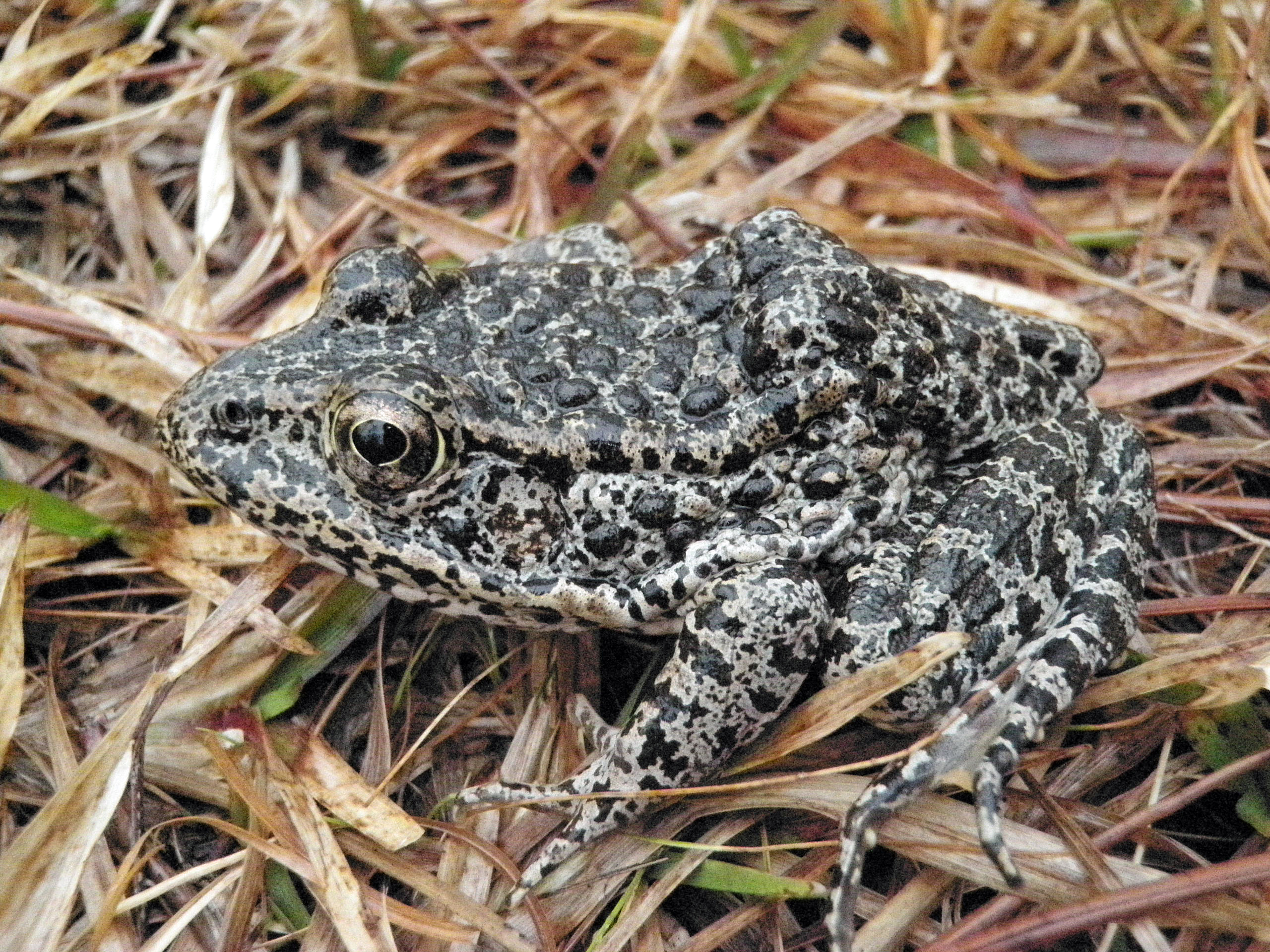When startled, the dusky gopher frog covers its eyes, looks out, and covers its eyes again, as if playing peekaboo. This shy frog would seem an unlikely candidate to draw the attention of the Supreme Court. Yet the dusty gopher frog is the star of a case that will be heard Monday, Weyerhaeuser v. U.S. Fish and Wildlife Service.
For decades the dusky gopher frog’s habitat has been shrunk by fire suppression, human development and other factors. Today this species lives only in a few isolated ponds in southern Mississippi. Like most endangered species—70% of which depend on private land for most of their habitat—the dusky gopher frog’s recovery depends on private landowners’ incentives to create conditions in which it can flourish.
Unfortunately, federal regulations skew those incentives. Under the Endangered Species Act, the government imposes burdensome regulations on private landowners who preserve habitats and allow rare species to live on their property. In effect, the law punishes the very people responsible for species’ survival.
Weyerhaeuser concerns a provision of the act that authorizes bureaucrats to designate private land as “critical habitat” for rare species, costing private owners time and money. That might seem reasonable to protect wildlife, but the government has often extended critical-habitat status to areas where endangered species aren’t threatened—or where they aren’t even present. Weyerhaeuser asks whether the federal government can designate private land as “critical habitat” if it isn’t even habitat at all.
Read the entire piece in the Wall Street Journal.




